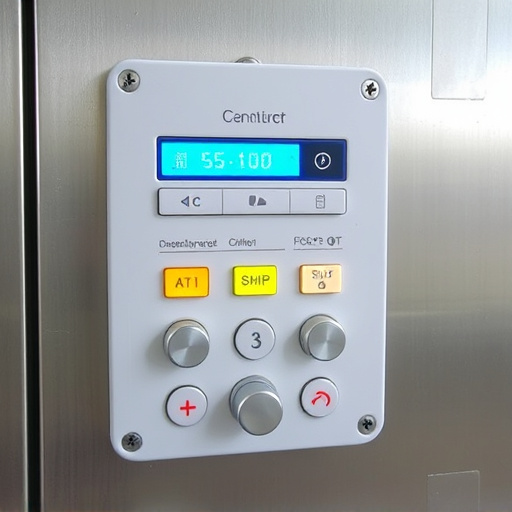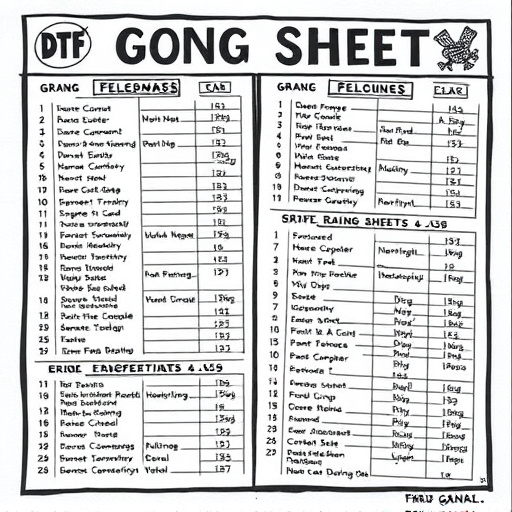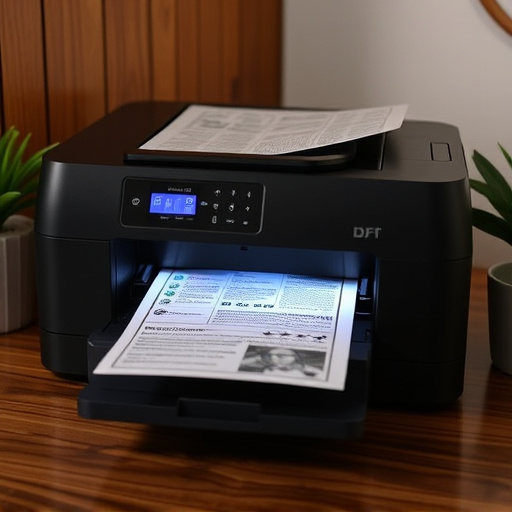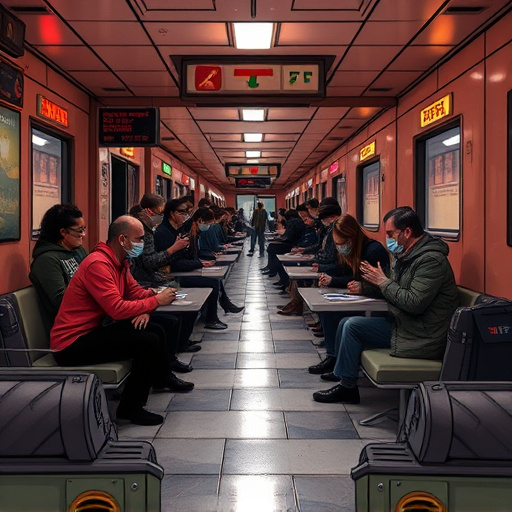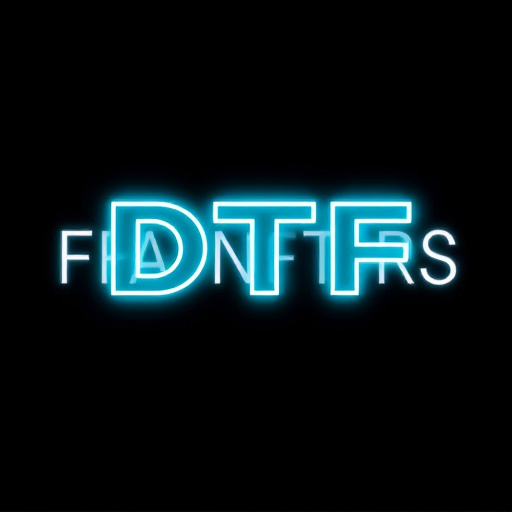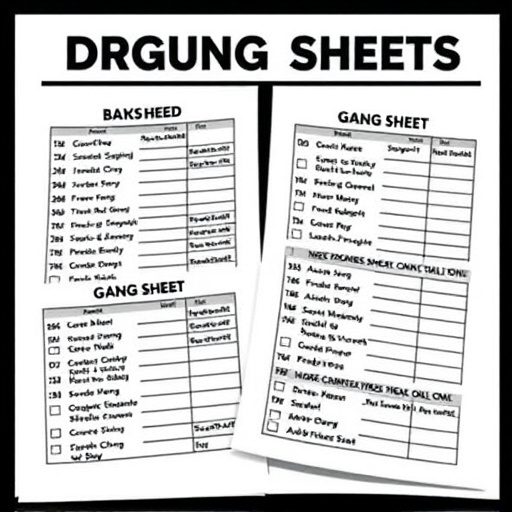DTF RIP Software is crucial for optimizing print layout processes in apparel and heat transfer industries, ensuring precise color reproduction, sharp details, and efficient printing through seamless image data optimization. Its intuitive interface, real-time preview, automated layout optimization, and file format versatility simplify complex design arrangements on fabric, enhancing productivity and reducing turnaround times in high-demand custom apparel environments.
DTF RIP software is transforming print layout management by streamlining processes and enhancing efficiency. In this comprehensive guide, we explore the ins and outs of DTF (Direct To Forme) Remote Image Processing software, uncovering its key features and real-world applications. By understanding how DTF RIP software works, you’ll gain a powerful tool to optimize your print workflows, reduce errors, and deliver high-quality results every time.
- Understanding DTF RIP Software: A Comprehensive Guide
- Key Features That Make Layout Management Effortless
- Real-World Applications: Streamlining Print Processes
Understanding DTF RIP Software: A Comprehensive Guide

DTF RIP software stands for Direct to Fabric (or Transfer) Rendering Image Processing. It’s a crucial tool in the print layout process, especially for those managing dtf heat transfer paper and cold peel dtf transfers. This innovative technology streamlines the design-to-print workflow, making it particularly beneficial for businesses specializing in dtf printing for t-shirts and other textiles.
By serving as an intermediary between the designer’s software and the printer, DTF RIP software ensures precise color reproduction, sharp details, and efficient printing. It optimizes the image data, converting digital designs into formats suitable for specific printers while accounting for various fabric types. This comprehensive guide highlights the importance of DTF RIP Software in simplifying print layout management, ultimately enhancing the quality and speed of dtf transfer production.
Key Features That Make Layout Management Effortless
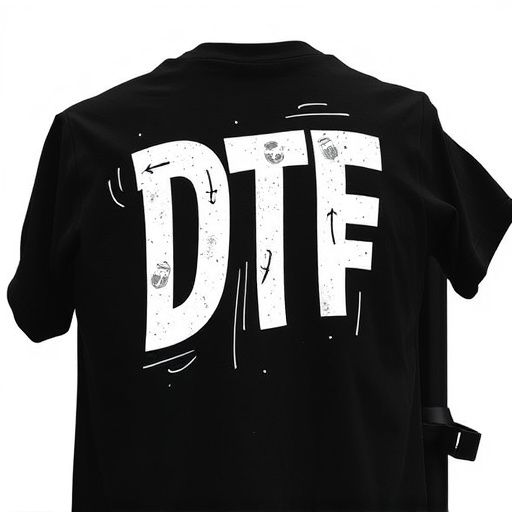
The DTF RIP (Raster Image Processing) Software is designed to streamline the print layout process, making it a valuable tool for professionals in the printing and apparel industries. One of its standout features is the intuitive interface, which allows users to easily arrange and manipulate design elements. This software provides precise control over color accuracy, ensuring that final prints match the desired specifications, especially when used for dtf printing on dark fabrics. With real-time preview capabilities, designers can make adjustments quickly before finalizing the layout.
Additionally, it offers automated layout optimization, which is particularly useful for complex designs. This feature ensures that each element is positioned efficiently, minimizing waste and maximizing productivity, especially in dtf for apparel applications. The software’s ability to handle various file formats seamlessly makes it a versatile choice for different printing projects, including dtf transfer processes.
Real-World Applications: Streamlining Print Processes
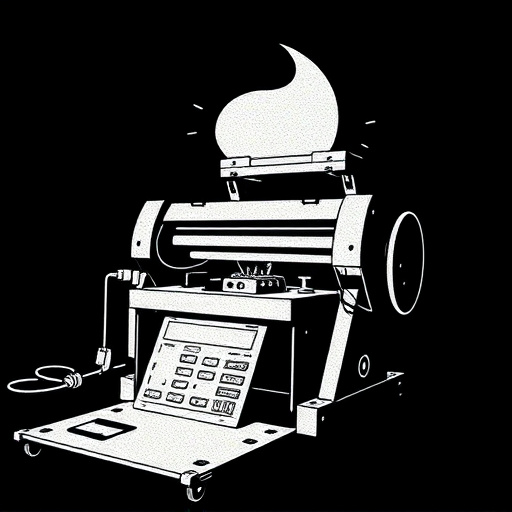
In real-world applications, DTF RIP software plays a pivotal role in streamlining print processes across various industries. It’s particularly beneficial for businesses involved in bulk DTG (Direct to Garment) shirt production, where managing intricate print layouts efficiently is paramount. By utilizing this software, printers can significantly enhance their productivity and output quality.
For instance, DTF RIP software allows designers and printers to easily arrange complex designs on fabric or other materials, ensuring precise color accuracy and seamless integration of graphics. This not only simplifies the layout design process but also enables faster preparation for printing, reducing turnaround times in high-demand environments like custom apparel production.
DTF RIP software has emerged as a powerful tool, revolutionizing print layout management. By understanding its key features and real-world applications, businesses can streamline their printing processes, enhancing efficiency and productivity. This innovative technology is a game-changer for anyone looking to simplify complex print layouts, making it an essential asset in today’s digital printing landscape.


